Rebelle – War Witch – and interview with director Kim Nguyen | Berlin Film Festival 2012
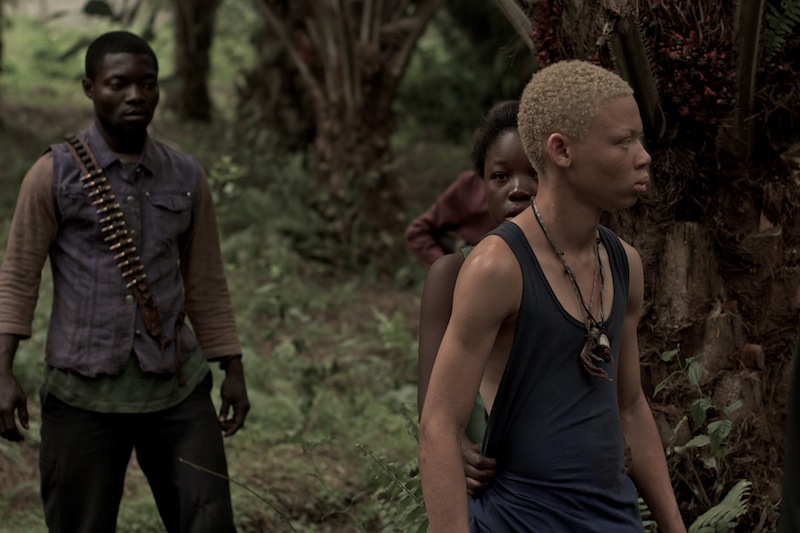
After 10 years of researching, developing the idea and looking for finance, Canadian-born Vietnamese film director Kim Nguyen is proud to present at last his fourth full-feature War Witch in Berlinale’s Competition. The film is set in civil war in Congo, Africa, and tells the story of hardships that 12-year-old child soldier Komona has to endure.
Komona is played by 14-year-old non-actress- yet extremely talented – Rachel Mwanza, who has had a hard life herself, selling nuts to survive while living with her grandmother after being abandoned by her parents; Rachel did not know how to read when she was casted for the role.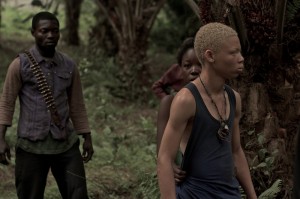
Komona’s village is burned down by rebels – they force her to kill her parents and join them as a child soldier. After having survived a shoot-out in the jungle, Komona is announced a war witch, and forced to sleep with her brutal commander. Searching for shelter amidst the horrors, she turns to slightly older albino soldier called ‘Magician’ (Serge Kanyinda). They escape the camp together, and it seems Komona is finally able to enjoy a peaceful and loving life, but her tribulations continue when Magician gets killed.
This is an interesting and very picturesque story with a lot of exoticism for our eyes to wander around. It is shot in authentic locations in Congo and mainly casts non-professionals. Realistic images of horror and terror – which is stoically endured with strength and dignity, not a single tear is over-exaggerated – are here interspersed with dream sequences rooted in African legends. This slightly surreal and dark story is definitely not your regular tear-jerker – watch it if you are into authentic representations of war on screen.
Verdict: ••••
Kim Nguyen was kind enough to give a very elaborate interview about his experiences shooting the film.
How is the experience of writing and making this film different from the other you’ve made?
In my previous films, I’ve over-written the scripts and was over-controlling, I storyboarded every single thing. So for this one, I’ve decided to get back to my original roots of taking pictures without having any pre-conceived idea of what should happen in front 0f the lens. I wanted to become a bit like a teenager, careless about what will come: maybe I’ll break my leg, maybe I’ll get hurt, but I’ll just go for it and see what happens. So we shot each take without thinking about it, before or after. We shot it chronologically, so Rachel did not even know what was happening next in the script.
You film very rural areas and traditional primitive lifestyles, but there are signs of Western life. Were there things you found that surprised you?
Yes, and it shows the resilience of the post-modern world. At the beginning of the movie, there is a village on stilts for when the water raises which is very traditional, and then on top you have post-modernity – plastic signs of ‘.com’ and ‘live your life better’ sticking out, which were actually there– these were not set decorations. I think it’s hard to imagine a better post-contemporary relation when you’re there, and there is an organic beauty in order and chaos coexisting. The film tries to show what it is like to live among those settings; and there is poetry in it, but it is a dark poetry.
The other thing I wanted to show is how those child soldiers are inducted. They never see a dead body bleeding, lying on the ground – they’re numbed by the drugs they get in their indoctrination. The power of having a gun gives them adrenaline rushes, and the only way for me to show how they feel was not to film it objectively. They see ghosts instead of dead bodies in their mind – there’s somewhat of a half-transparent veil that allows them to accept violence, and I tried to convey that in the film.
But it certainly is difficult, when you are there and you’re faced with all of these contrasts. Like for example, there were these carriers going from Brazzaville to Kinshasa carrying huge loads, and they would make a line-up and behind them were blind men. Every single carrier had a blind man behind it. Once we had to import something that was quite complicated, and somebody said: “Well, you can use the blind people”. Apparently, there’s still a law in Kinshasa that you’re not allowed to frisk blind people, so they make quite a bit of money at the borders. It’s a contrast of irony and dark tragedy.
From your film, it seems the revolution in Congo is at a dead end. How much is the film pro- or counter-revolutionary, and how did you balance your involvement in this issue?
I wanted to make this film as if I were a child who knew nothing about revolution, or politics of Congo, or international companies taking out resources – I wanted to make a film that tries to forget about these things. The politics in the film are seen through the eyes of Komona – for example, she does not know what cholan is or what it does, but she knows that if you steal it – you get buried under the ground with your head sticking out. I didn’t want to go into it further than that; I didn’t want this to be an educational film.
What is Komona’s attitude to the mysticism in the film? It’s not entirely clear whether she fully believes it…
Regarding Komona – I don’t want to answer this question, as it is up to one’s personal interpretation: she believes in it, she doubts it, yet also maybe it’s simply true. In any case, it’s often impressive how deeply some people really believe magic. I had a location manager from Cameroon and we were looking for a ‘magical forest’ in the script. He found me one really bland and ugly location and I got frustrated, because it did not look anything magical, and I asked: “Is there no magical forest here?” He said there was, but he wouldn’t take us there because he thought it was too dangerous. “Why is it dangerous?” I asked. And of course, since it’s a magical forest – there are bad spirits there, and you can’t enter until you agree with the sorcerer to make them go away. How do you do that? You have to pay the sorcerer! He said: “It depends how many spirits there are, but it should be 100 to 400 dollars.” I ask him does that clear the spirits for an indefinite period of time, and he says no, only for one month. So I ask him: “What happens after one month?” and he replied you had to pay 100 dollars again. And this is nothing strange – it is part of everyday life, we encountered a lot of things like that.
Every day in Kinshasa was a lesson in paradox. There’s this belief that sometimes children are possessed by spirits, so for example if your neighbour’s car breaks down, he can accuse your child of having an evil spirit. The whole fabric of society is influenced by beliefs that have existed for hundreds of years, in both good and bad ways. The problem is that these beliefs can easily get instrumentalised by ‘powers that be’ to convince people to fight for their cause and kill others. It’s a big challenge to preserve only the aspects of mysticism that nurture life and at the same time avoid using it as a political tool, a way to manipulate people.
In terms of casting, where did you get your actors from? Did you cast them in Democratic Republic of Congo, or found them elsewhere?
Our line producer Anne-Marie is from Canada, and Ralph Prosper [playing The Butcher] as well, and the rest of the people are from Kinshasa. There are no extras in the film – all people were recruited actors. The most difficult thing during shooting was finding the depths in the shots where performance was good – it’s not even about the acting, but more about capturing the moment. It doesn’t necessarily have to be what you expected…
Directing Congo battle scene was very interesting, because I just told the actors: “You are now being abducted, and the troops are taking you away, and you fight with them” – and BOOM! They were doing the real thing. If we had to shoot it in Canada, there would be at least three stunt supervisors guiding a hundred of people and we would get two shots a day. And here, they all really went for it.
Like this shot where Magician is chasing the white rooster – he’s really jumping to catch it, not learning to fall judo-style or anything. Sometimes we even had to tell them: “Be careful, it’s not for real, you have to do it but you do not really have to do it.”
What qualities attracted you to Rachel in particular?
She was part of our ‘wild casting’ session that we did with non-actors around Kinshasa. She had edge, a good vibe and she was fearless – as it often happens with kids of the streets – that I find most of the best Hollywood actors have. It was incredible to see Rachel act as if she was part of Stanislavski’s school – even I would sometimes ask how comes she was so affective, and she would just answer: “Well, when I want to be sad I just think about my mom” [Rachel’s parents left her when she was a child – she grew up with her grandmother]. There is something about her background – Rachel has the same impulse, a reflex that great actors have to dig into their past and project in onscreen.
What about the albino camp sequence? That was definitely one of the most exotic sights in the movie, is it there to symbolize something in particular?
There is a market for albinos’ limbs in Congo, and they’re also chased after because people believe they’re evil. So there are a couple of volunteer camps that protect them, but sometimes they are also forced to be out there – I don’t know it for sure, it’s very complex. But I decided not to explain it in the movie and simply put it in there, similar to Komona telling a story about a man buried alive and not knowing the implications of it.
The actor we chose for Magician was albino as well, but that wasn’t in the script – he simply was the best actor, so we just went with him. We knew it doesn’t make sense, but for that it somehow made even more sense.
Do you have any comments about the soundtrack?
The music is actually Angolan, I just fell in love with it and hoped it would work in the film, because you never know if it does until the editing. And I wanted one stylistically unifying vision. The album is Angolan Music 72-74, it’s the best African music album that I’ve heard, and I was really happy we got the rights to it.
Ruta Buciunaite

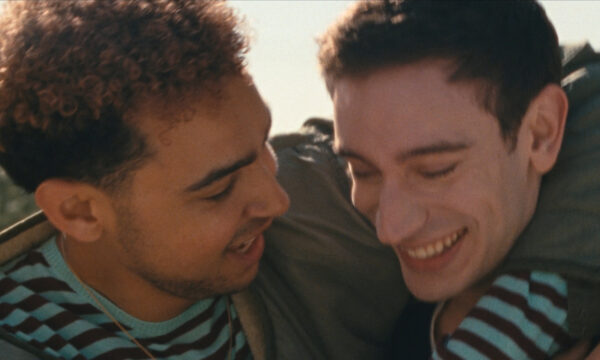
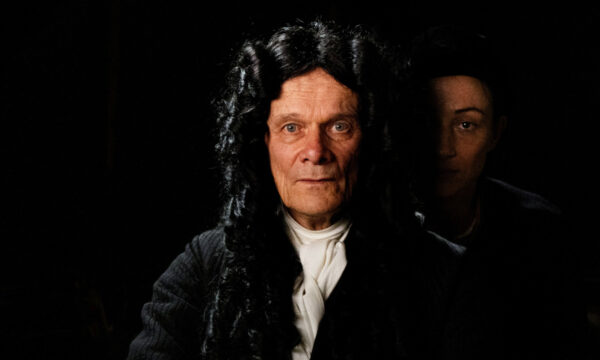
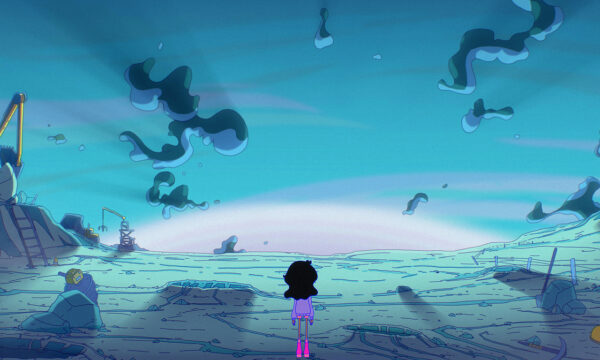
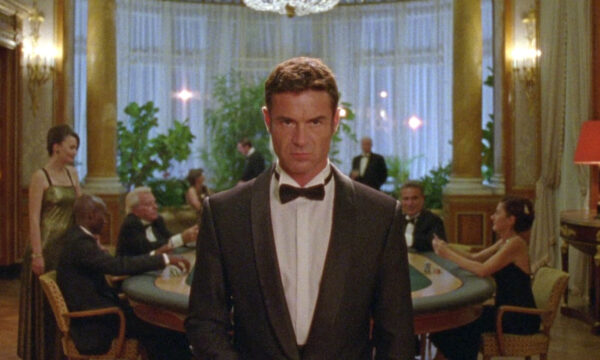
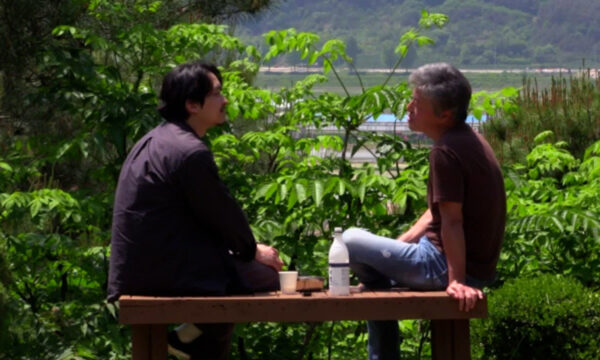
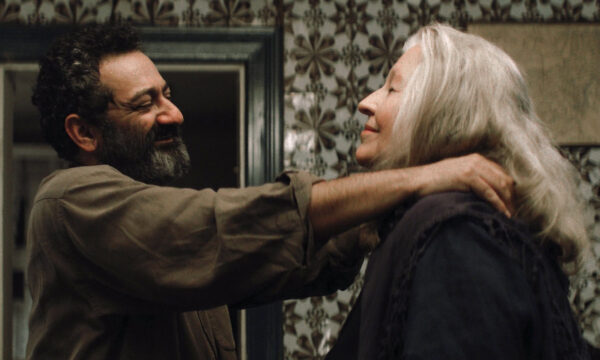
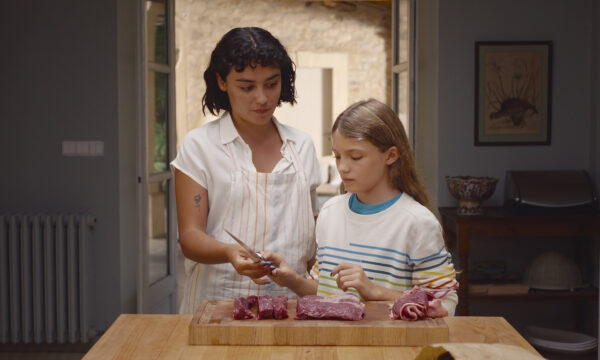
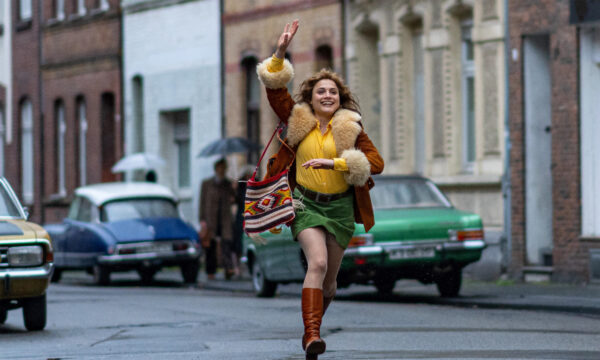
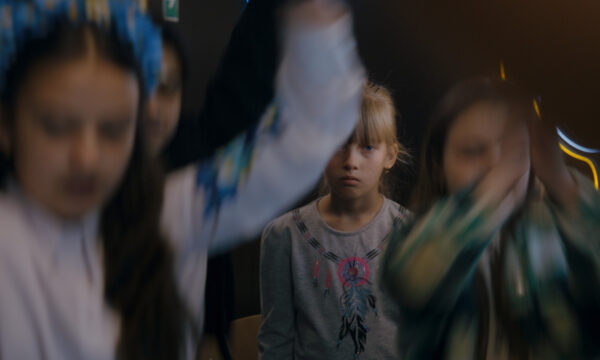
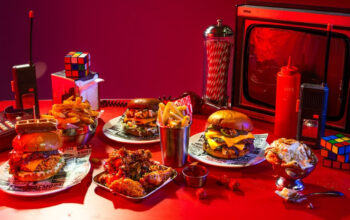
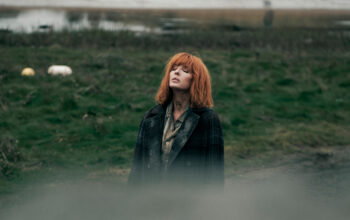
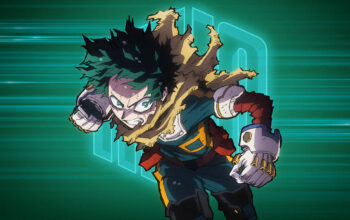



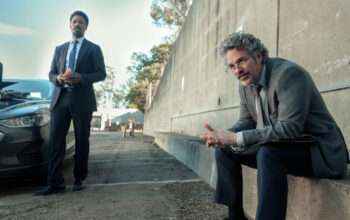


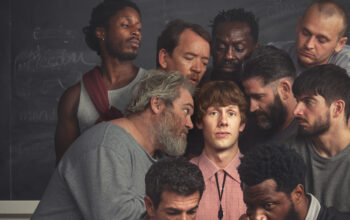
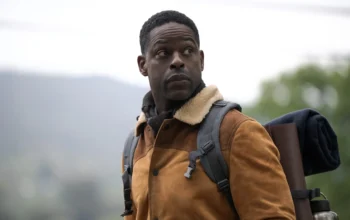

Facebook
Twitter
Instagram
YouTube
RSS